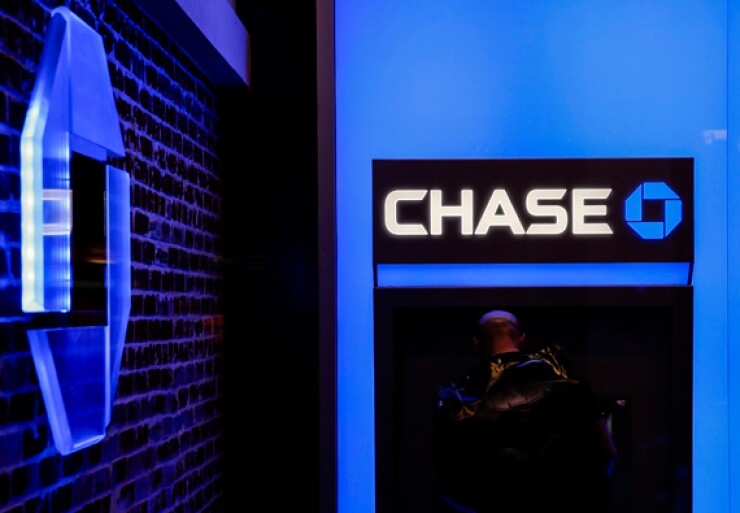Megabanks have become more aggressive in rolling out consumer-friendly mobile accounts, but the biggest thing going for recent mobile apps launched by
The most striking detail in the announcements arguably is that both mobile-first apps include the banks’ brands in their names. This indicates a potential strategy by the institutions to distinguish their products with familiarity, compared with more obscure personal financial management startups.
Greenhouse by Wells Fargo — announced late last month — is a mobile bank account app slated to launch next year. Finn by Chase, a similar app rolled out the previous week, is already being tested with iOS users living in St. Louis, Mo., a region where JPMorgan Chase has no branches.

Both banks’ apps enable account openings on mobile devices without the need to visit a branch, come with the promise of no overdraft fees and include features that are meant to help people manage their spending. They also try to appeal to sensibilities of younger banking newbies, but do it in different ways. The Chase app will let users rate their transactions with emojis, while the Wells Fargo app will let them create a weekly spending budget, for instance.
It would be easy to see these apps as just the latest examples in a crowded field of personal financial management and mobile banking tools trying to reach millennials. It might also be easy to dismiss large incumbents developing smartphone-enabled, mobile-first accounts so late in the game — a whole decade after the iPhone came out.
Yet the branding by Wells and JPMorgan Chase could set their products apart. What seems like a dull detail may give the banks a leg up in a category overflowing with savings and financial health apps.
Studies suggest that mobile-first accounts could help improve consumers’ financial health at a time when far too many people are living
However, it has been hard for the list of startups inhabiting this space to establish widely-known brands or even trust with users.
Wells Fargo’s account scandal aside, survey after survey typically still finds that consumers trust banks over other companies. In fact,
To be sure, Chase and Wells are big banks, with all of the baggage associated with that resulting from the crisis, the ensuing bailout and the global debate about income disparity. And it remains to be seen whether people will want to use the new apps published by them. The hurdles are many and acquisition is one of the thorniest issues in pursuing consumers online — even
For now, most sales within a bank are still happening in branch. Arguably, one of the reasons why people, even millennials, are frequenting a branch when they are carrying a smartphone is that banks offer a relatively inefficient mobile onboarding experience that requires too much from an actual person. Some banks still require would-be mobile customers to fill out PDFs and mail them in.
But Finn by Chase and Greenhouse by Wells Fargo, which promise onboarding experiences within minutes, should finally help answer the question whether consumers drawn to a mainstream bank are ready for mobile-first accounts. If they improve on the mixed results for PFM tools in years past that tried to inspire people to





